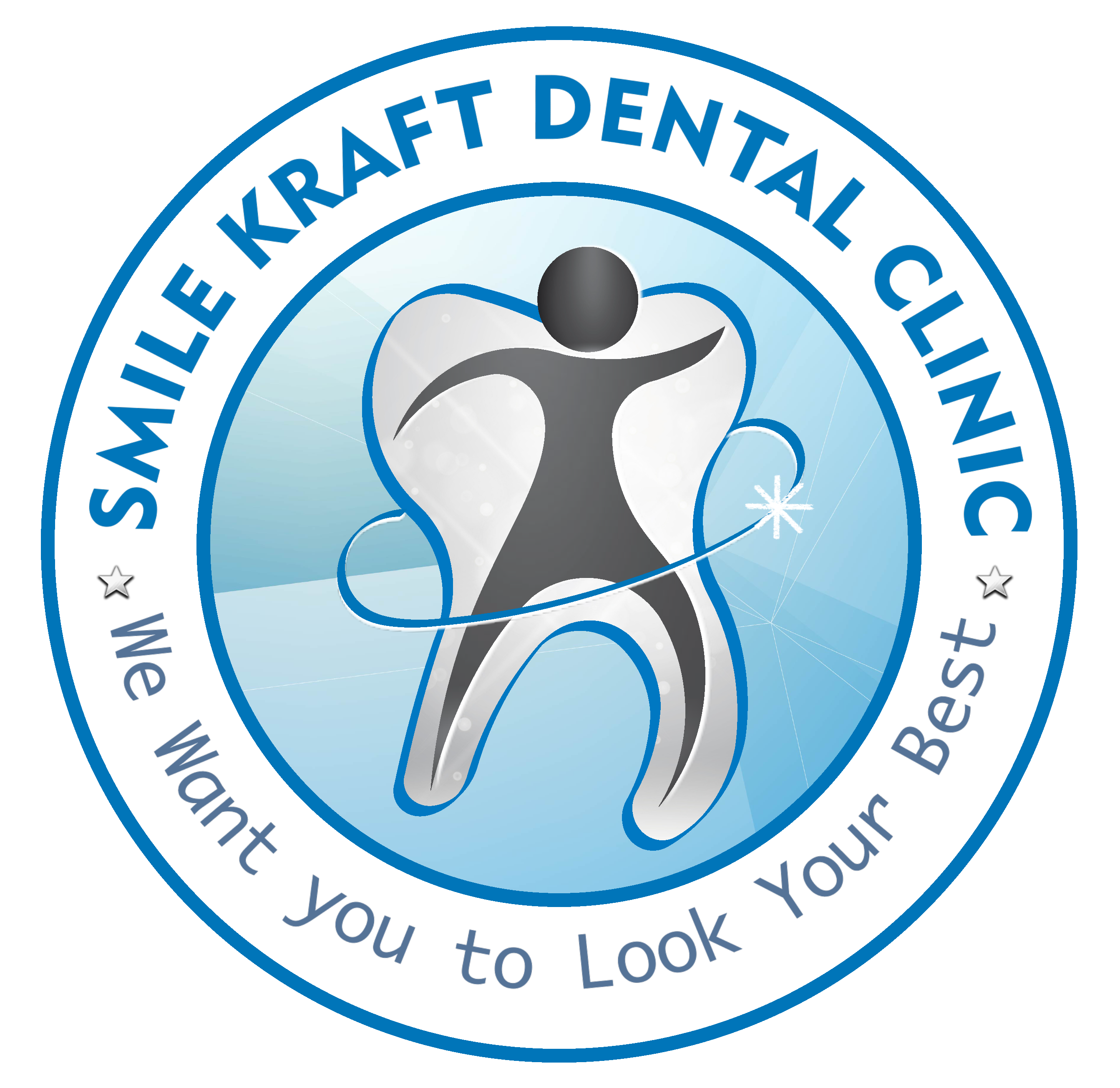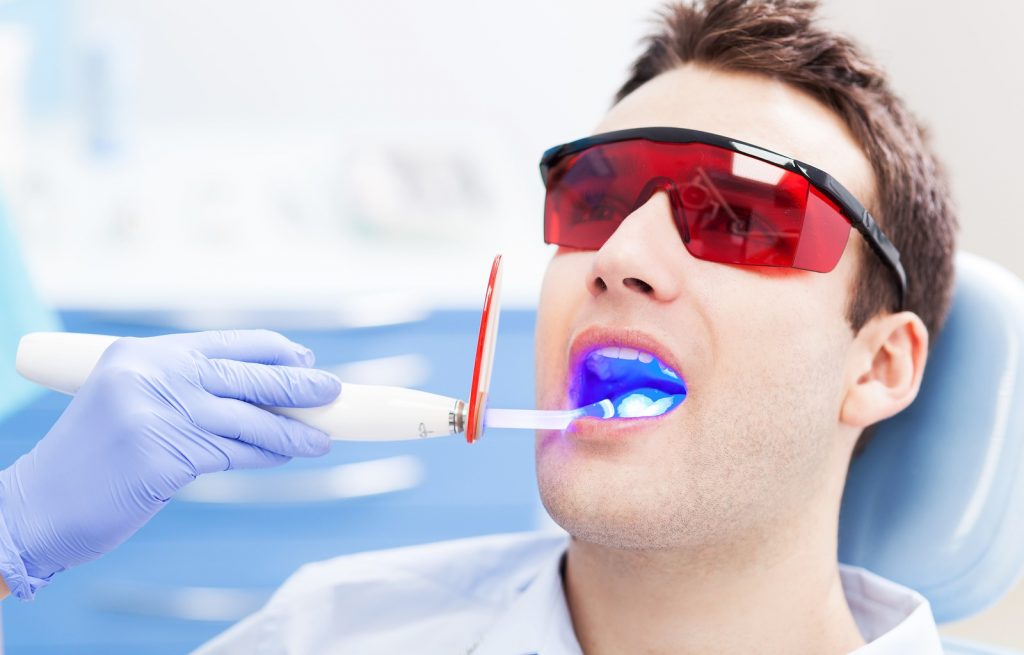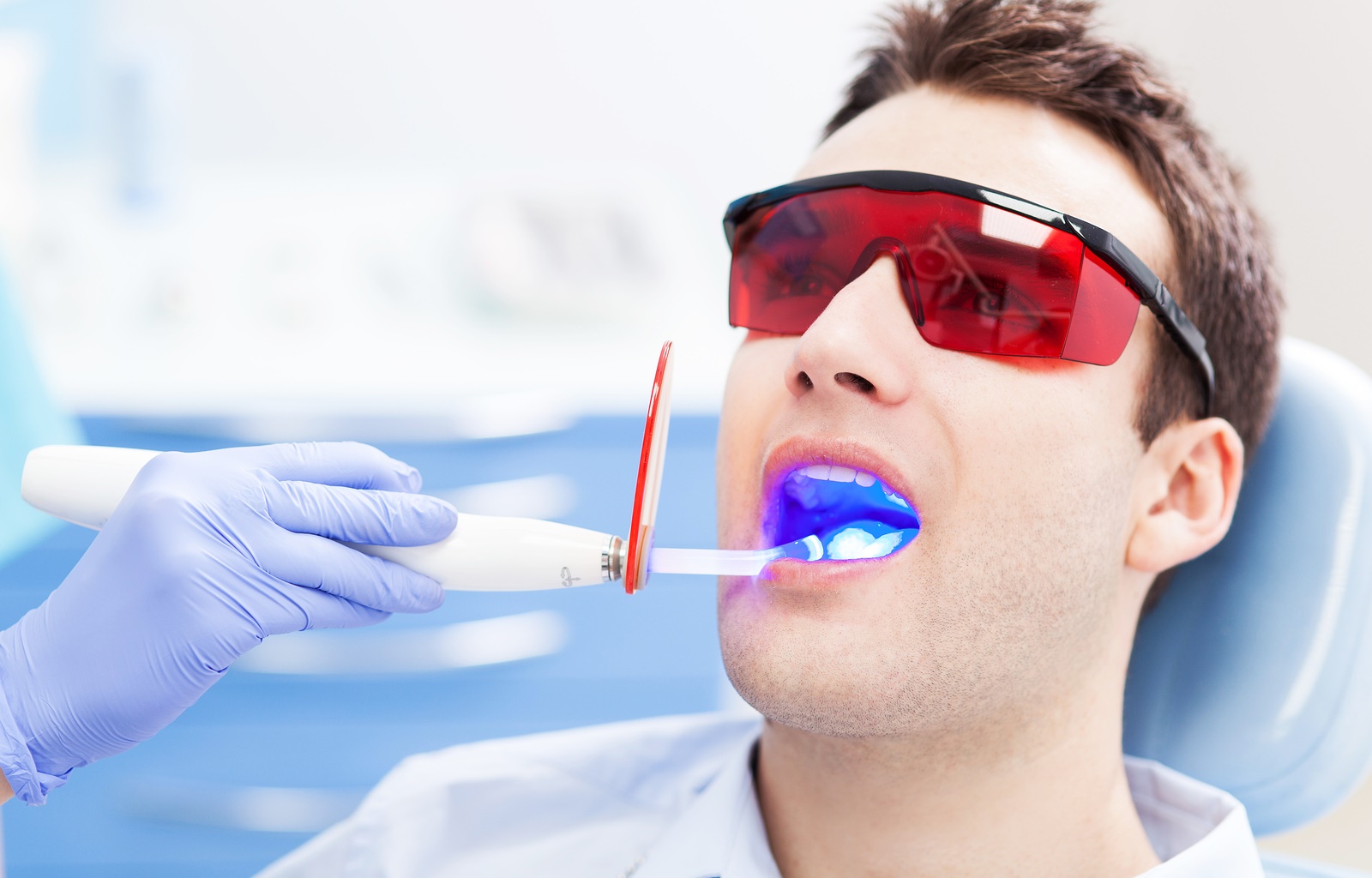Oral Laser Therapy
The time has come to embrace the routine use of lasers for the treatment of periodontal disease. The diode laser has been shown to be effective and safe for this purpose. If not now, when? Patients need treatment. Laser Assisted Periodontal Therapy is non – invasive. With the diode laser there is a reduced need for systemic or locally applied antimicrobials. This leads to fewer allergic reactions and antibiotic resistance. There is significant proof that the addition of Laser Assisted Periodontal Therapy to conventional scaling and root planing improves outcomes. This is particularly compelling when considering the periodontal health/systemic health link. It is time to open our minds to laser technology and apply the treatment that is in the best interest of our patients. Lasers have been used in dentistry since 1994 to treat a number of dental problems. It is cautiously optimistic about the role of laser technology in the field of dentistry. These lasers are different from the cold lasers used in phototherapy for the relief of headaches, pain, and inflammation.
- Tooth decay. Lasers are used to remove decay within a tooth and prepare the surrounding enamel for receipt of the filling. Lasers are also used to “cure” or harden a filling.
- Gum disease. Lasers are used to reshape gums and remove bacteria duringroot canal procedures.
- Biopsy or lesion removal. Lasers can be used to remove a small piece of tissue called a biopsy) so that it can be examined forcancer. Lasers are also used to remove lesions in the mouth and relieve the pain of canker sores.
- Teeth whitening. Lasers are used to speed up in-office teeth whitening procedures. A peroxide bleaching solution, applied to the tooth surface, is ”activated” by laser energy, which speeds up of the whitening process.


